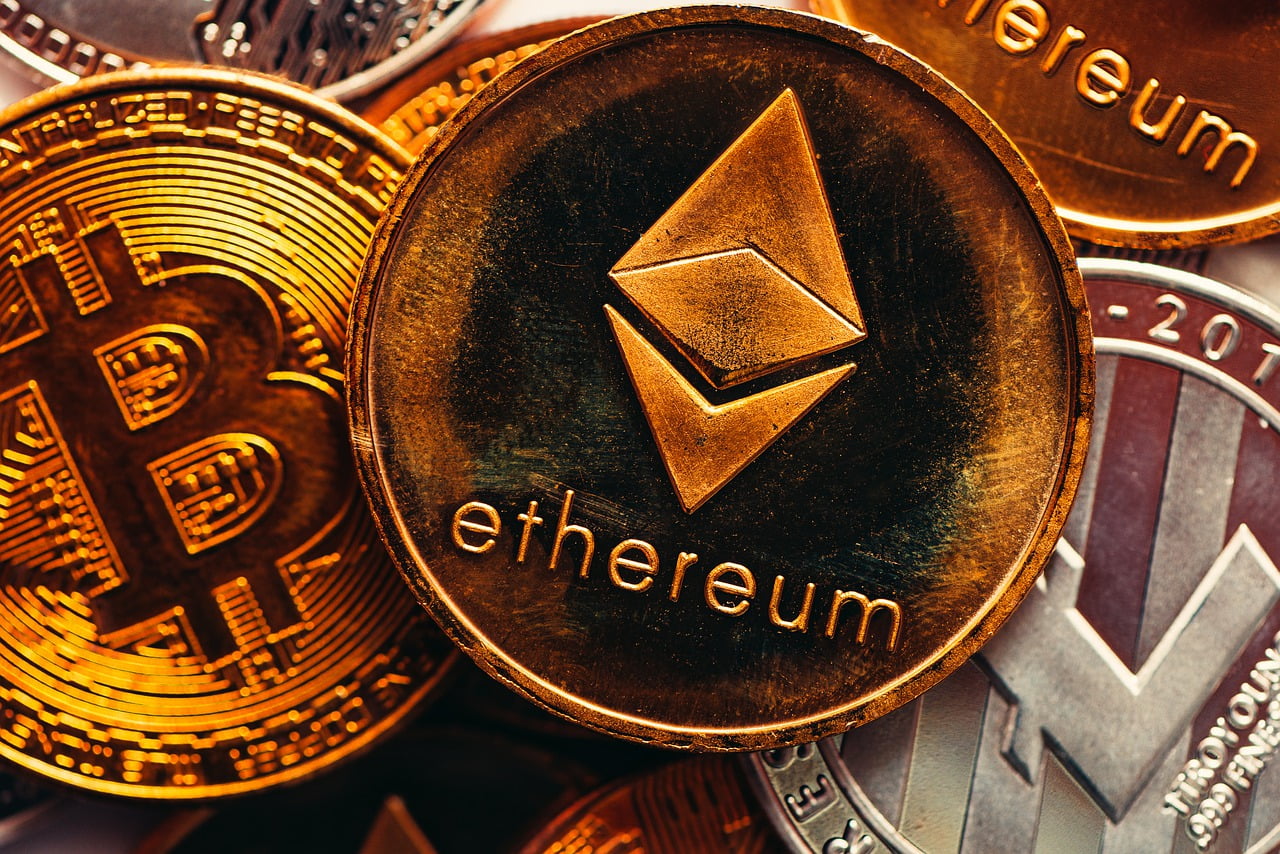Ethereum just completed its biggest upgrade in years – arguably the most important to ever take place.
Q2 2021 hedge fund letters, conferences and more
Last Thursday (August 5) the London hard fork went live, an upgrade that overhauled the economics of Ethereum by changing how transaction fees work. Fees will now be burned (destroyed) which will reduce the supply of ETH as a result.
Analysts expect that the price of ETH will appreciate as a result of increased demand in the face of reduced supply. Since Thursday ETH has already grown 20% following the success of the fork (at the time of writing).
However, opinion is divided over what the long-term implications will be, and whether or not short-term price action can be sustained into the future once excitement subsides, and the reality of the fork is realised.
Let's take a look at what the London hard fork changed, and how experts think the changes will affect the price of Ethereum in both the long and short term.
The London Hard Fork In A Nutshell
The London upgrade made a number of changes, but these are the ones you need to know:
- Transactions now use a base fee for every transaction. This fee is determined by the blockchain, which increases or decreases it based on demand. This makes fees more predictable and potentially cheaper.
- The base fee will be paid in ETH and the coins will be burned (destroyed) instead of sent to miners. Over the past 24 hours, coins have been burned at a rate of 2.7 per minute, while new coins have been issued at a rate of 6.6 per minute, leading to a reduction of 40% in the growth of the ETH supply.
Experts weigh in on Ethereum's future
To get a better picture of how the London hard fork will play out for Etheruem, consumer finance website Finder surveyed a panel of 42 industry experts for their views on how London and other upcoming improvements are set to affect ether (ETH) prices.
Based on the average predictions from 27 of the 42 panelists, Ethereum will reach $4,596 per ETH by December 31, 2021.
That would require growth of roughly 45% between now and then, which isn't at all impossible given everything on the immediate horizon.
First of all, in December Ethereum is expected to undergo the "merge", which involves merging Ethereum's current proof-of-work Mainnet with the new proof-of-stake beacon chain. The important takeaway here is that it is an even bigger technological milestone than the London update, and if successful ushers in an entirely new era for Ethereum.
Allnodes CEO and founder Konstantin Boyko-Romanovsky gives an above-average EOY prediction of $5,000 and says ETH's move to a proof-of-stake model is just 1 driver behind the coin's price.
"Upgrading to a deflationary type of asset, Level 2 networks, institutional adoption, mass utilization, DeFi and dapps continuous development and rise — are all contributing factors to Ethereum's future price appreciation," he says.
As Boyko-Romanovsky points out, holders don't need to wait for the next wave of price action, with London also ensuring that there is now constant pressure on the price of ETH thanks to burning.
Thomson Reuters technologist and futurist Joseph Raczynski gave a slightly less bullish EOY prediction at $4,200, but by the end of the decade he expects ETH will be worth $50,000. He says ETH 2.0 has the potential to instrumentally change the financial landscape.
“If ETH 2.0 – Layer 2, works, ETH will be a platform that could eat the Internet and give rise to a global and eventually solar system wide network of asset tokenization, new economies, and new ways to create systems, processes, and other platforms which we will all interact with.”
How Realistic Is A $4,600 Valuation By The End Of 2021?
With Finder’s panel expecting ETH to hit a new all-time high of roughly $4,600 by the end of the year – you have to wonder how realistic this scenario really is. As many of the panellists have suggested, there are a number of events in the latter half of this year that could just make this a reality.
For one, burning is expected to cause a reduction of up to 70% in the inflation rate of Ethereum until the merge. After the merge, inflation will drop even further, to around 0.5% annually once Ethereum moves to proof-of-stake completely, as mining rewards will no longer be issued. Some are referring to this event as a "triple-halving", which is a reference to the periodic reduction in the supply of new Bitcoin which occurs every 4 years, when supply is cut in half and is regarded highly bullish for price.
Coinflip founder and chief advisor Daniel Polotsky noted in his forecast the relationship between them, in that Ethereum’s price largely follows Bitcoin’s halving cycles.
“Ethereum's price largely follows Bitcoin's halving cycles, although that relationship may begin to decouple as time goes on, and as Ethereum continues to develop use cases that Bitcoin cannot achieve. Then, its price may grow at a faster rate than Bitcoin's.”
What's more is because fees are burned, it also removes the sell-side pressure that miners currently place on the market when they need to cash out their ETH. Combine this with ETH staking – which requires locking up ETH coins to secure the network – which has already removed $15 billion worth of ETH from circulation, and you have a fairly potent cocktail brewing.
Right in time for ETH to reach $4,596 by the end of the year.
About the Author
James Edwards is a personal finance and cryptocurrency writer for Finder. He has qualifications in both psychology and UX design, which drives his interest in fintech and the exciting ways in which technology can help us take better control of our money. His expertise has seen him called on to report at events such as TechCrunch Disrupt, CoinDesk Consensus and IBM Think.













